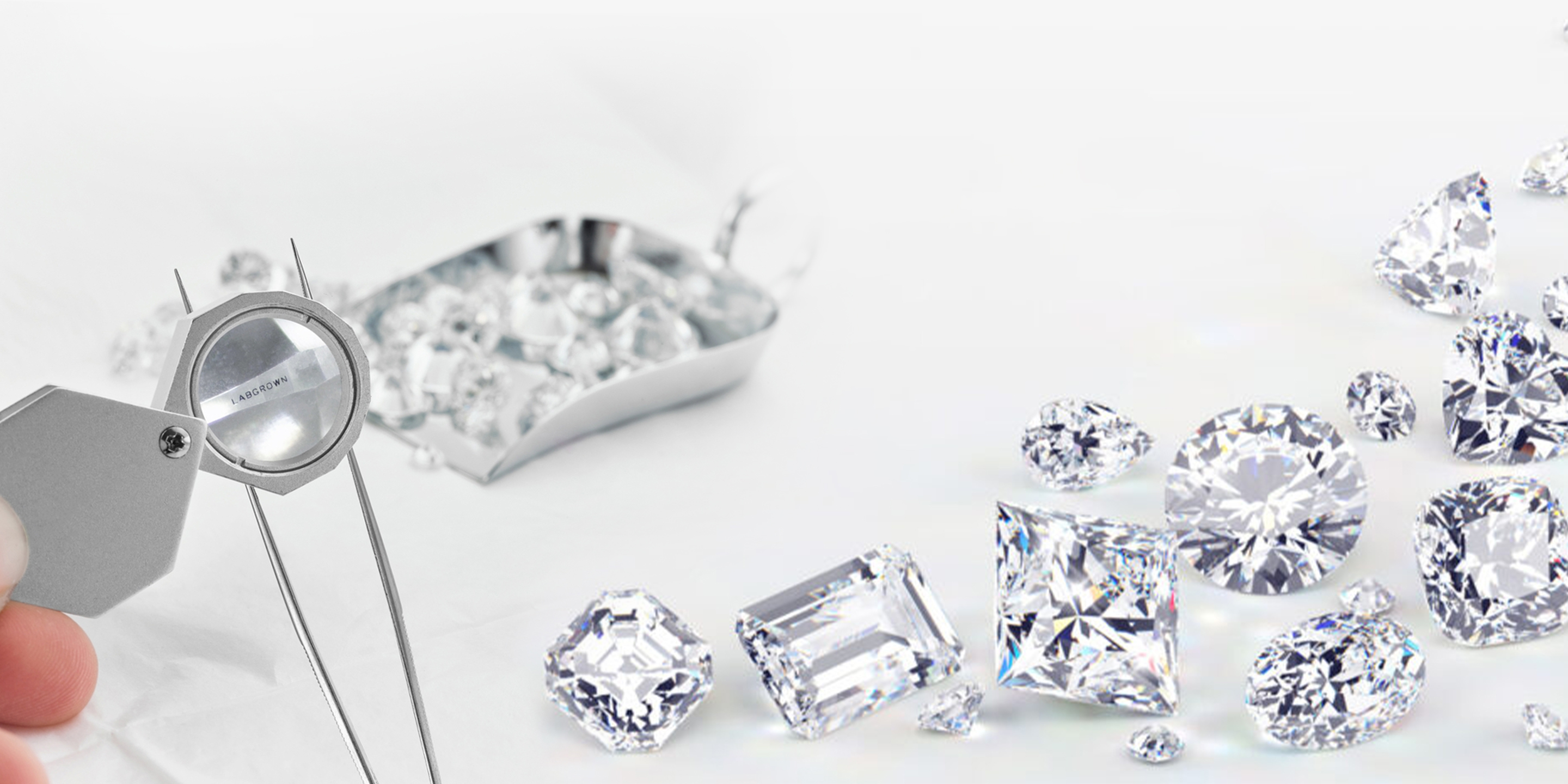
The analysis of the structure, characteristics, composition, processes, and processing of carbon-containing substances involving not just hydrocarbons also substances comprising a variety of other components, like hydrogen, oxygen, nitrogen halogen, silicon, sulphur and phosphorus, is part of organic chemistry. The organic compound comprises at least one carbon-hydrogen bond.
Initially, organic chemistry was restricted to substances formed by living things, but it was extended to involve substances invented by people, like plastics. The variety of organic compound applications is enormous, including but not restricted to, pharmaceutical products, petroleum products, foods, weapons, paints, even cosmetic. Number of chemical elements involved in the organic compound synthesis, few are silicon, sulphur, halogens, phosphorus etc.
Use of Organic Chemistry
Organic compounds are all around us and they play an essential role in the economic growth of the nation. The roots of biotechnology, biochemistry and medicines are developed on organic compounds and they are involved in biological functions of living organisms. Several high-tech, advanced substances are at least partially made up of organic compounds.
Careers of Organic Chemist
Organic chemists are commonly employed by the chemical and pharmaceutical, biotechnology, consumer products, and petrochemicals sector at all stages. In industry, chemists work primarily in production, whereas in education, chemists are engaged in more fundamental research. The federal government and local governments also employ organic chemists.
● Biotechnology
Biotechnology is a broad discipline that harnesses the development of technologies that help to improve people’s lives and health through cellular and biomolecular methods. Biotechnology is the discipline that utilizes living organisms for the sustainable advancement of civilization to allow technological discoveries in diverse sectors. It has uses in both the agricultural and medical industries.
Biotechnology is divided into Medical biotechnology and Agricultural Biotechnology. The use of living cells to build innovations for the advancement of human health involves medical biotechnology. But in the field of agricultural biotechnology, the production of the genetically modified plant by introducing interesting gene plants. The process facilitates the yield of crops.
● Chemical Industry
For modern global economies, the chemical industry is vital and works to turn raw materials like air, natural gas, oil, water, minerals and metals into different chemical goods. Around a quarter of its production is consumed by the chemical industry themselves. Plastics and rubber products, petroleum purification, textiles, clothing, paper and pulp, and primary metals are major industrial clients.
● Petroleum Industry
Petroleum is known as Black Gold. Petroleum is a fluid that exists in rock formations naturally. It consists of a complex blend, with other organic compounds, of various hydrocarbon molecular mass. Some chemical substances formed by petroleum are also obtained from many other fossil fuels.
Petroleum is made from the residues of dead animals and plants, which sink and accumulate on the sea bottom when they die. The dead species and plants decayed and blended with sand thousands of years ago. In the decay of this organic material, certain bacteria supported and induced a few chemical modifications.
● Pharmaceutical Sector
Drugs approved for use as drugs for people or animals are made, manufactured and sold by the pharmaceutical industry. Some pharmaceutical companies deal in brand-name or generic medications and medical devices. A vast number of country-specific laws and regulations relating to patenting, research, quality assurance, effectiveness, tracking, and marketing apply to medical and pharmaceutical devices.
● Consumer Goods
Market goods firms produce daily consumer goods, like detergents, soaps, plastic products, cleaning products and cosmetics. Nylon is an essential type of synthesized plastic that is a polymer in which several amide groups connect to form polyamide.
Conclusion
The branch of science which deals with the investigation of the properties and changes of the matter is organic chemistry. The way our body exchanges oxygen to the environment, various processes occurring around us, everything involves organic chemistry.







